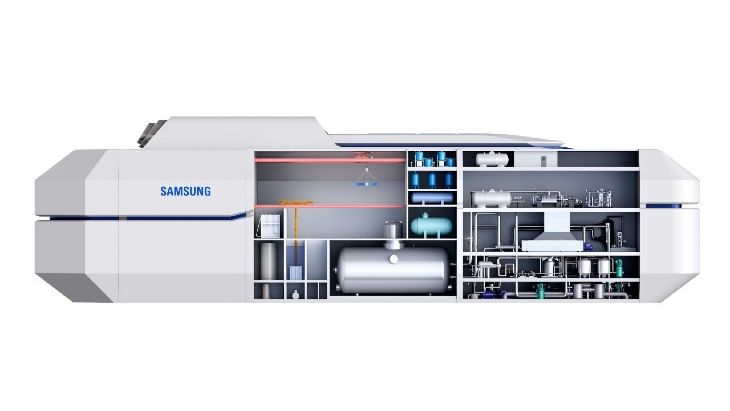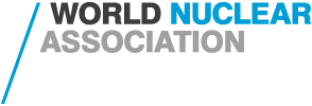The US Nuclear Regulatory Commission (NRC) has written to the operators of 18 nuclear power plants, comprising a total of 26 reactors, requesting details of how they plan to address apparent decommissioning funding assurance shortfalls.
In the USA, utilities put aside between 0.1 to 0.2 cents per kWh generated to fund the decommissioning of their nuclear power plants. They must report to the NRC on the status of their decommissioning funds at least once every two years, annually within five years of the planned shutdown, and annually once the plant ceases operation.
The NRC said that its review of the latest reports on decommissioning funding assurance suggests several plants may need to adjust their funding plans. This comes, of course, after last year's dramatic collapse of stock values on US and other markets, which will have reduced the current value of decommissioning funds.
Ways and means
Prepayment: a deposit by the licensee at the start of operation in a separate account such as a trust fund.
Surety, insurance, or parent company guarantee method: assurance that the cost of decommissioning will be paid by another party should the licensee default.
External sinking fund: a separate account outside the licensee's control to accumulate decommissioning funds over time, if the reactor licensee recovers the cost of decommissioning through ratemaking regulation or non-bypassable charges.
|
Tim McGinty, director of policy and rulemaking in the NRC's Office of Nuclear Reactor Regulation, said: "We'll discuss this with the plants over the next few weeks so they can explain to us how they'll get the funds back on track to account for their decommissioning cost estimates."
He added, "This is not a current safety issue, but the plants do have to prove to us they're setting aside money appropriately."
The NRC said that the total cost of decommissioning a reactor facility depends on many factors, including the timing and sequence of the various stages of the program, type of reactor or facility, location of the facility, radioactive waste burial costs, and plans for spent fuel storage. The NRC estimates costs for decommissioning a nuclear power plant range from $280-$612 million.
As of 2001, $23.7 billion of the total estimated cost of decommissioning all US nuclear power plants had been collected, leaving a liability of about $11.6 billion to be covered over the operating lives of 104 reactors (on basis of average $320 million per unit).
According to Steve Kidd, Director of Strategy and Research at the World Nuclear Association, "At the very worst, they'll have to put aside higher annual payments to satisfy the NRC that they will have sufficient funds to decommission the reactors."
However, he added, "These will likely be very small relative to their revenues - particularly if decommissioning is still 20-plus years away. Given the extended plant lifetimes, in average financial conditions one would expect the decommissioning funds to show surpluses rather than deficits - which they no doubt will within a few years."
Nearly 30 civil prototype and commercial reactors are being or have been decommissioned in the USA. A few have been totally dismantled so that the site is released for unrestricted use, notably Fort St Vrain, Big Rock Point and Shoreham. The majority are in various stages of dismantling or have been placed into a safe storage configuration until the eventual dismantling and decontamination activities occur.





_18570.jpg)
_16159.jpg)
_49205.jpg)





